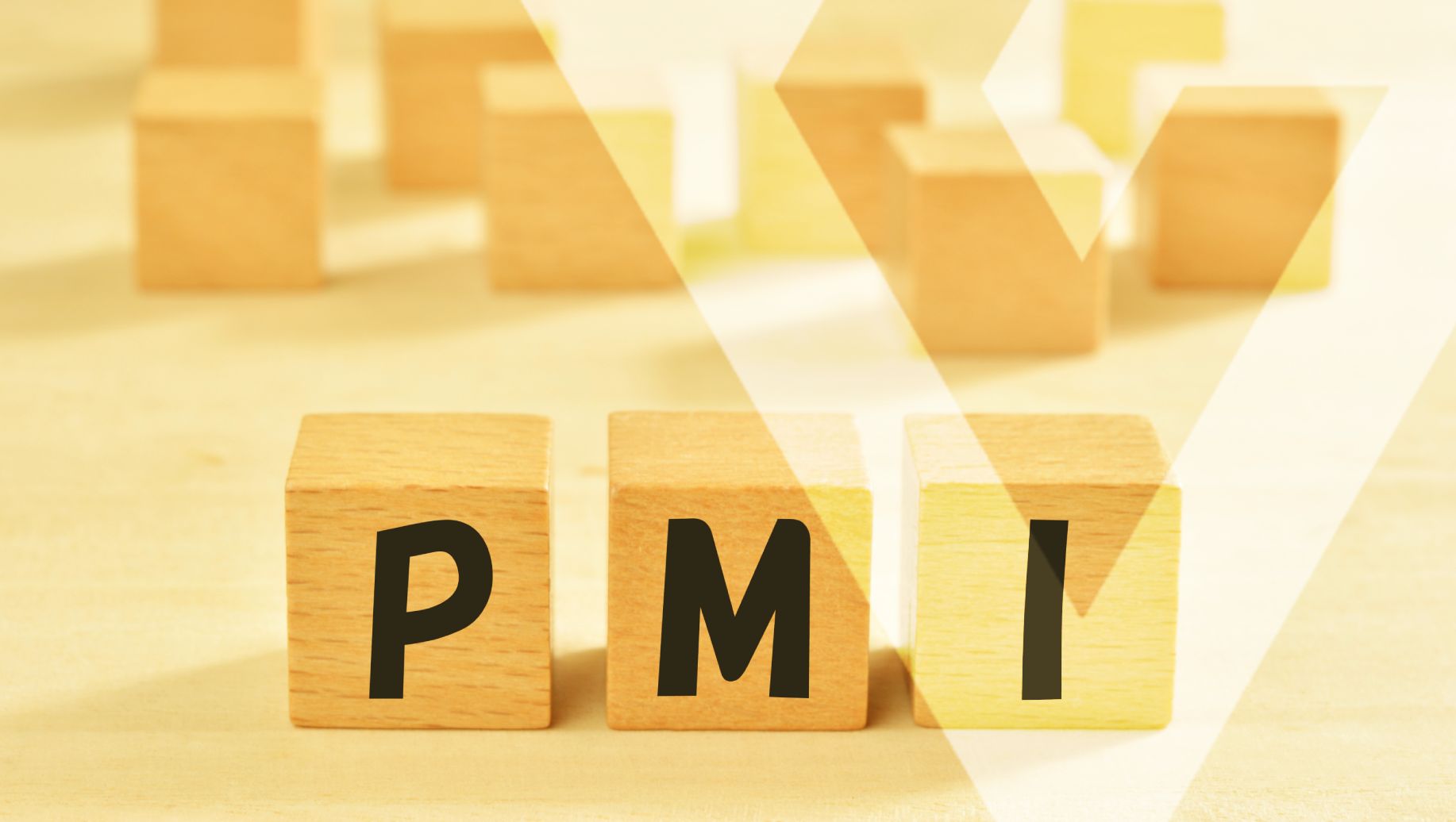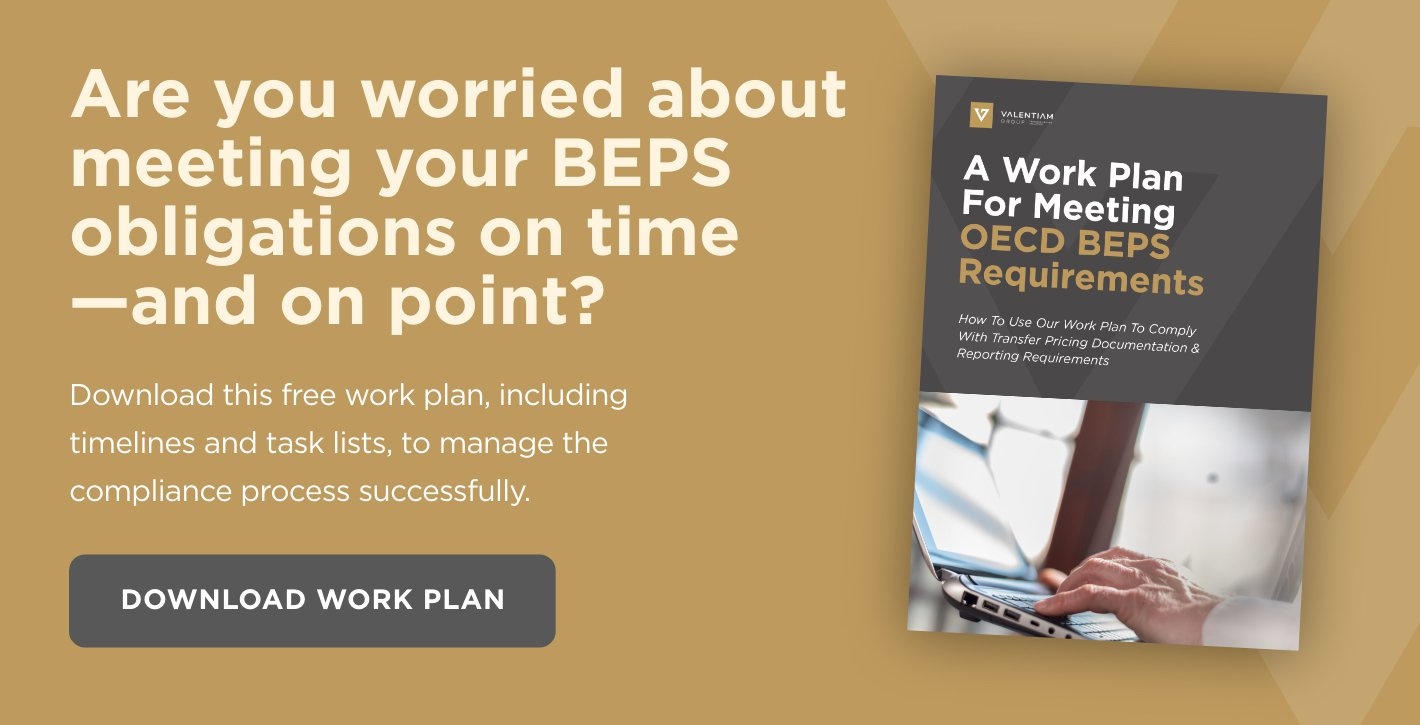Transfer Pricing Post-Merger Integration: A 6-Step Guide
Posted by Valentiam Group on August 10, 2021

Post-merger integration touches the full range of important elements for business success, from accounting to company culture. Complicating the process is the need for the newly-merged business to continue efficient operation through changing business structures and policies.
The key to a smooth transition that minimizes disruption of operations and maximizes value is a sound post-merger integration methodology and a purposeful post-merger integration framework. The methodology provides a step-by-step guide for the integration of key business functions, such as accounting, HR, communications, IT, supply chain management, and all other elements of operation. The framework describes the ideal end state for the fully-merged organization and is designed with the goal of maximizing synergies and value.
One critical component for maximizing value post-merger or acquisition is transfer pricing. In this article, we’ll focus specifically on the post-merger integration methodology you should follow to establish the post-acquisition transfer pricing strategy for the new company.
Keep your BEPS reporting organized during the integration process. Download our free template, A Work Plan For Meeting OECD BEPS Requirements.
6 Steps For Post-Merger Integration Of Transfer Pricing
Post-merger/acquisition integration is a complicated process. It often takes years before every department and aspect of operations in the new company can work from the same playbook.
By incorporating these steps in your post-merger integration methodology for transfer pricing, you’ll ensure you’re heading in the right direction, even though the journey will be long. The first two steps, in particular, go hand-in-hand for planning the merged company’s future transfer pricing:
- Evaluate the transfer pricing of the parent and acquired companies. Examine the current transfer pricing policies and the intellectual property (IP) ownership structure, and look at the countries with operations to determine overlaps of functions in different countries.
- Closely examine the transfer pricing of the acquired company. Post-acquisition, identify where there may be transfer pricing risks and evaluate the risk mitigation currently in place.
- Determine whether you need additional documentation for the newly merged company. In some cases, you may be required to have more documentation to protect prior transfer pricing and mitigate any risks that may exist.
- Start planning for the future. Look at the merged entity and begin designing the future transfer pricing structure. Examine overlapping entities and determine which entities will continue to exist and which you might need to eliminate or merge, and then design transfer pricing policies to fit that structure. Decide whether IP needs to move to a different jurisdiction, or whether manufacturing or distribution needs to be moved. Assess manufacturing and determine if it is “full risk”—owned by and manufacturing for the parent company—or limited risk, manufacturing as contractors on behalf of the parent company. Also, examine the distribution of products; if the merged company has related party distributors in other countries, look at how their transfer pricing is set up and determine if they are taking risks or are limited risk distributors.
For example, one company based primarily in the U.S. and Canada made a large acquisition of a European company with 50–60 entities. The following year, the parent company acquired another European company with 80 entities. The parent company is selling similar products in almost every country. The parent company started the post-merger integration by moving all relevant intangible property to a single location to establish consistent ownership of IP and then went through the legal entity rationalization process, eliminating duplicate entities and functions in each country. Finally, the parent company established a single transfer pricing policy for the two acquired European companies, creating one standard policy for the entire European business. - Evaluate the information systems of the parent and acquired companies. Determine what each company needs to do to reach a steady state with its information systems. This is a continuing process and can take around 10 years—one of the major reasons that post-merger integration of transfer pricing policy is not a quick process.
- Ensure you’ve properly documented all changes. Company entities need to establish new legal agreements, and it’s essential to maintain documents supporting the business reason for changes. You may need these documents to explain to tax authorities the changes you are making and the reasons behind them.
Because implementing your post-merger integration framework is a long-term process and the BEPS country-by-country reporting guidelines are still in flux, you should plan for complications with compliance throughout the post-acquisition period as you work toward full integration of your transfer pricing policy.
Though the post-merger integration process is long and complex, you can minimize transfer pricing risks and ensure you’re taking transfer pricing implications into account during the integration by following the steps outlined in this guide.
We’ll help you navigate post-merger integration of transfer pricing.
Transfer pricing can be complex and confusing, but it doesn’t have to be that way.
Valentiam’s world-class transfer pricing specialists deliver innovative, thoughtful, and 100%-supportable strategies you can actually implement. It’s our goal to design economically sound strategies that your company can also easily administer. With the help of one of our seasoned experts, you can maximize company profits and minimize audit risk. Let’s talk about your unique transfer pricing challenges and how Valentiam can help solve them—schedule a free discovery call today.
Topics: Transfer pricing
Related Posts
Fred Johnson Joins Valentiam Group as Partner and Dispute Resolution Practice Leader
We are pleased to announce the addition of Fred Johnson as a partner at Valentiam Group.
Dr. Stephen Blough Joins Valentiam Group as Partner
We are pleased to announce the addition of Dr. Stephen Blough as a partner in the firm.


